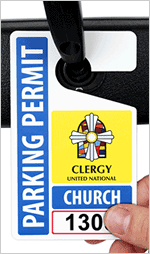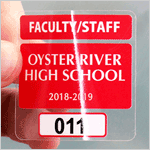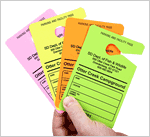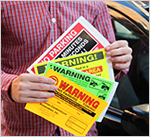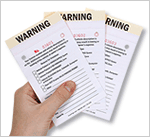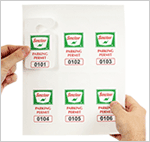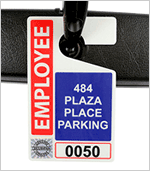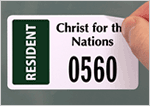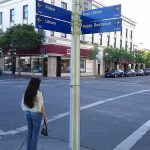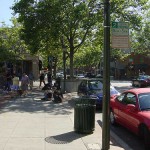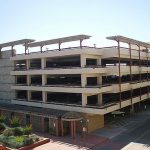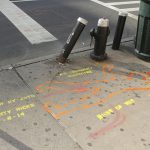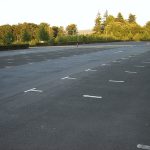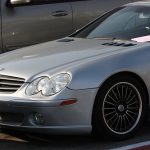Car culture in L.A. on the skids?
Roll down the window/Put down the top/Crank up the Beach Boys baby…/We’re gonna ride it till we just can’t ride it no more, sang Randy Newman in 1984. The tune was “I Love L.A.,” a radio hit that celebrated the scenic sunshine of the city’s car-cruising culture with a video of the croonster in black shades and a red convertible.
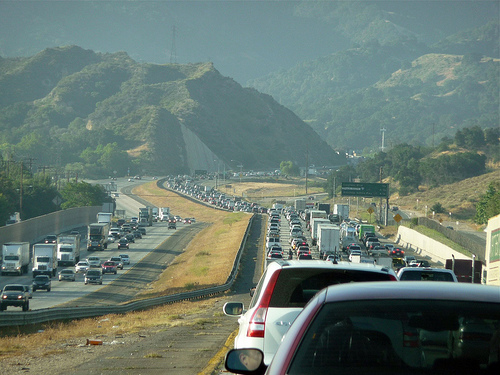
Is it a highway? A parking lot? In Los Angeles, the line gets blurry. Via JeffreyTurner; licensed under Creative Commons.
Twenty years later, L.A. and the surrounding Orange County would be tagged with one of the worst commute stats in the country. Studies suggested that local motorists spent somewhere between seventy-two and 100 extra hours in rush hour traffic.
Those kinds of numbers were unacceptable to the city’s transportation activists, and in 2008 Move L.A. was born. Led by Denny Zane, former mayor of Santa Monica, the lobby group, composed of representatives from business, labor, environmental, and social justice communities, put Measure R on that year’s ballot. The proposal aimed to add $40 billion to L.A.’s transportation budget by increasing the sales tax a half-cent to fund improvements (such as new bike paths, resurfaced streets, and expanded bus routes) that would be made over the course of thirty years. The measure passed with 67.8 percent of the vote, and construction began in earnest.
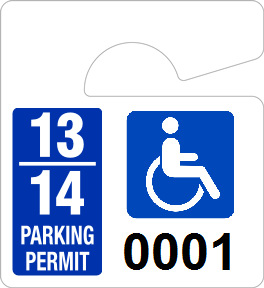
In addition to having a nightmarish commuting scene, L.A. is a terrible place to park – and perhaps the world capital of fake handicapped permits. Over 30% are estimated to be fraudulent. Via myparkingpermit.com.
Today L.A. boasts new or expanded light-rail lines to Culver City on the city’s west side and to Chatsworth in the San Fernando Valley. Routes to Santa Monica and L.A.’s international airport are planned, with even more funds dedicated to the cause: The Southern California Association of Governments adopted in 2012 a $524 billion, twenty-year regional plan to decrease greenhouse gas emissions, with nearly half the money earmarked for public transit.
The timetable has also been moved up. Instead of the thirty-year program proposed by Measure R, the city has decided to try and finish construction within ten years. That means Angelenos are seeing more change, more quickly: “sharrows,” those markings that remind motorists and bicyclists alike that they share the streets, are proliferating, as are the number of stations in the city’s transit system, along with other improvements. (Indeed, current projections almost double the number of stations: from 103 to 200.)
The City of Angels can crow about another stat: 12 percent of all trips—not just those for commuting—are conducted either by walking or biking, exceeding the national average of 9.6 percent. Could it be that the city famed for its car culture, freeways and smog is cleaning up its act?
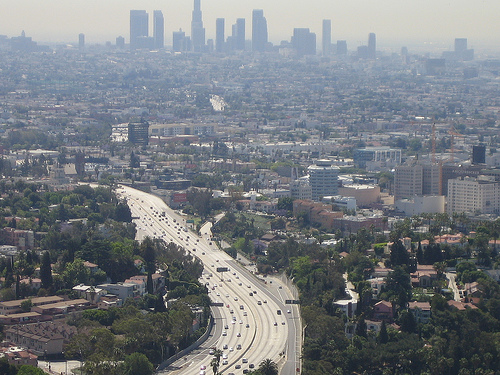
Can L.A. look forward to a future with fewer cars and less smog? The picture is hazy – but maybe. Via jonlclark; licensed under Creative Commons.
Certainly, there’s cultural change afoot. Consider the teenager: Once impatient for the freedom of the open road, 18- to 24-year-olds would now rather have open source. A 2011 survey found that they prefer Internet over car access.
And they, like the quickly aging Baby Boomers, are professing a desire for more “walkable” neighborhoods, ones that offer a wide array of urban amenities. Along with buyers’ seeming indifference to the still empty McMansions littering the California real estate market, those preferences suggest a profound shift in the way Californians are envisioning their future.
Related Posts
Category: Municipal, Traffic management, Transportation

